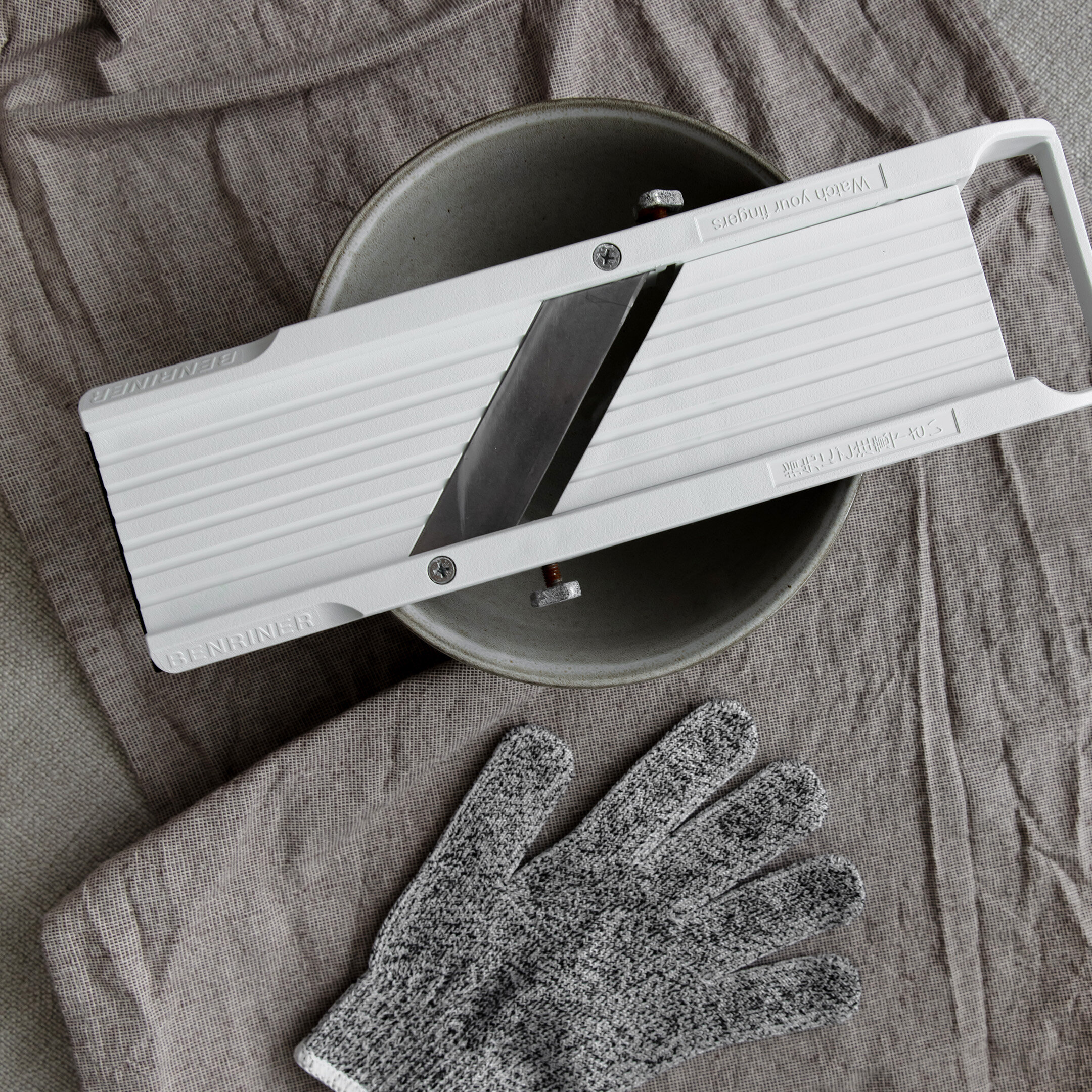In Vietnamese dinner culture, there is almost always more than one dish served in a meal during weekly dinner. We believe that variety is the spice of life! Proteins are often served with vegetables or soup. Today I’ll be sharing a classic—caramelized pork belly (thit kho) with a side of steamed cabbage, accompanied by an egg dip (bắp cải luộc). Both recipes are super easy and perfect for those who don’t have the time to make an intricate Vietnamese meal for dinner. I love the simplicity and comforting taste of this meal. It’s nostalgic and flavorful.
Growing up, boiled cabbage with egg dip was in regular rotation in our household. The saltiness from the fish sauce blended with medium boiled eggs and just a little bit of reserved cabbage water made eating cabbage a treat. I made it easier by actually steaming the cabbage. It’s just a more efficient process, and makes for less mess in the kitchen. You have a little bit more control on exactly how the cabbage is cooked (the goal is to avoid undercooking or overcooking). And what can I say about caramelized pork? This sweet and savory dish is a Vietnamese classic, and I hope my directions help you achieve the perfect caramelization each time.
STEAMED CABBAGE & EGG DIP RECIPE (BẮP CẢI LUỘC)
Degree of difficulty: 1 ( on a scale of 1-5 )
Cook & Prep Time: 8 minutes for the eggs, 6.5 minutes for the cabbage, and an additional 10(+/-) minutes for prep
YOU’LL NEED
A steamer basket
INGREDIENTS (serves 2-4 people)
1 small head of cabbage (cut into quarters, with leaves peeled, rinsed, and patted dry)
3 large eggs ( boiled to a medium bright yolk center boil; I boiled mine for 8 minutes)
4 TBS of fish sauce
1/4 cup reserved boiled cabbage water
DIRECTIONS FOR THE CABBAGE
Using a steamer basket, place all of your quartered cabbage leaves in the basket until full.
Steam for 6.5 minutes. Remove immediately and transfer to a serving plate.
Remember to save 1/4 of the reserved cabbage water for your egg dip.
DIRECTIONS FOR THE EGG DIP
Boil your eggs medium. NOTE: every stove is different, but I found 8 minutes to be perfect for me personally.
After the time is up, immediately remove the eggs and place in a bowl of cold water with ice. Allow the eggs to cool, and then peel and rinse off any shell residue.
Place the eggs in a small bowl. Using scissors or a butter knife, cut or slice the eggs into large chunks. Then add 4 TBS of fish sauce, and 1/4 cu of your reserved cabbage water.
CARAMELIZED PORK (THỊT KHO)
Degree of difficulty: 1.5 ( on a scale of 1-5 )
Cook & Prep Time: 20-25 minutes
YOU’LL NEED
A wok
A small cooking pan to caramelize the sugar separately
INGREDIENTS (serves 2-4 people)
1 pound of pork belly (sliced or cut into chunks; I purchased mine pre-cut into chunks to save time)
2 stalks of scallion, minced
1/4 TSP of freshly ground pepper
1/4 TSP of sea salt
1/2 TSP of chicken stock powder
1 TBS cooking oil
3 TBS of minced shallots
4 TBS sugar
3 TBS of fish sauce
1 TBS oyster sauce or annatto oil for coloring
Thinly sliced scallion for garnish
DIRECTIONS FOR THE CARAMELIZED PORK BELLY
In a mixing bowl, season your pork belly with 1/4 TSP sea salt, 1/4 TSP freshly ground black pepper, 1/2 TSP of chicken stock powder, and your minced scallion. Mix well, and set aside.
In a large wok or cooking pan, heat up 2 TBS of cooking oil on medium. Add in 3 TBS of minced shallots and stir until softened.
Turn the heat up to high and add in your seasoned pork belly. Stir fry until no longer pink, then reduce the heat to low while you prepare your caramelized sugar on the side.
In a separate small non-stick pan on medium-high heat, add in 4 TBS of sugar and shake the pan until the sugar is in an even layer. Allow the sugar to caramelized into a nice light b-medium brown color, and once the whole layer is caramelized (you may have to increase your heat a little to speed up the process, but watch it so it doesn’t burn), add a dash of fish sauce, and immediately transfer the sugar to the wok/pan with your pork.
Increase your heat to medium-high and stir the caramelized sugar around, coating your meat. Then add in 3 TBS of fish sauce and stir again to blend all of the ingredients.
Now reduce your heat to medium, and allow the sauce to simmer and evaporate (about 15-20 minutes). You should notice the sauce begin to darken over time. Once the brown turns into a perfect caramelization, remove from heat, and add oyster sauce or annatto oil for extra color, then mix. Transfer to a serving bowl/plate, making sure to drizzle the sauce from the pan on top.
Garnish with thinly sliced scallions and lots of freshly cracked black pepper. For a kick, add in a thinly sliced Thai chili on top.






